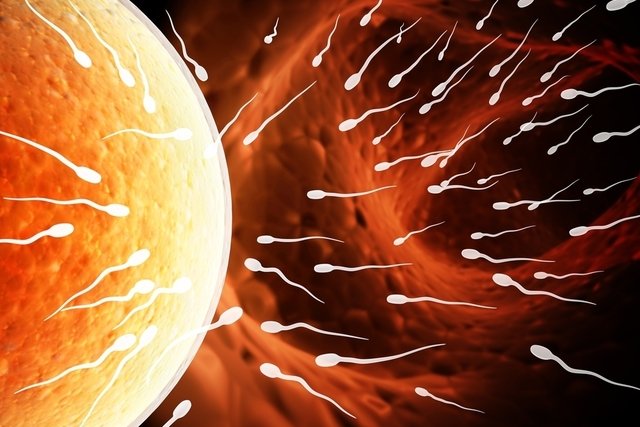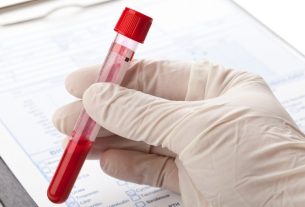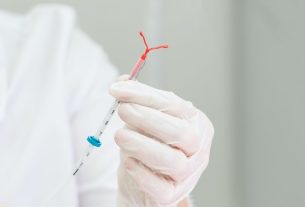Artificial insemination is a fertility treatment that consists of inserting sperm into the woman’s uterus or cervix, facilitating fertilization, and is a treatment indicated for cases of male or female infertility.
This procedure is simple, with few side effects and the result depends on some factors, such as sperm quality, characteristics of the fallopian tubes, the health of the uterus and the woman’s age. Normally, this method is not the first choice for couples who are unable to get pregnant spontaneously after 1 year of trying, but is an option when other, more economical methods have not achieved results.
Artificial insemination can be homologous, when it is done using the partner’s semen, or heterologous, when a donor’s semen is used, which can happen when the partner’s sperm are not viable.

Who can do
Artificial insemination is indicated for certain cases of infertility, such as the following:
- Reduced sperm volume;
- Sperm with mobility difficulties;
- Cervical mucus hostile and unfavorable to the passage and residence of sperm;
- Endometriosis;
- Male sexual impotence;
- Genetic defects in the man’s sperm, which may require the use of a donor;
- Retrograde ejaculation;
- Vaginismus, which makes vaginal penetration difficult.
There are also some criteria that must be respected, such as the woman’s age. Many human reproduction centers do not accept women over 40 years of age, because there is a greater risk of miscarriage, poor response to the ovarian stimulation process and decreased quality of the collected oocytes, which are crucial for pregnancy.
How artificial insemination is done
Artificial insemination begins with the stimulation of the woman’s ovary, which is a phase that lasts around 10 to 12 days. During this phase, tests are carried out to check whether follicle growth is occurring normally and, when they reach the appropriate quantity and size, artificial insemination is scheduled for approximately 36 hours after the administration of an hCG injection that induces ovulation.
It is also necessary to collect the man’s semen through masturbation, after 3 to 5 days of sexual abstinence, which is evaluated with regard to the quality and quantity of sperm.
Insemination must take place exactly on the day scheduled by the doctor. During the artificial insemination process, the doctor inserts a vaginal speculum similar to the one used in a Pap smear into the vagina, and removes excess cervical mucus present in the woman’s uterus, then deposits the sperm. After that, the patient must rest for 30 minutes, and up to 2 inseminations can be performed to increase the chances of pregnancy.
Normally, pregnancy occurs after 4 cycles of artificial insemination and success is greater in cases of infertility due to an unknown cause. In couples where 6 insemination cycles were not enough, it is recommended to seek another assisted reproduction technique.
See what in vitro fertilization involves.
What precautions should you take?
After artificial insemination, the woman can normally return to her routine, however, depending on some factors such as age and condition of the tubes and uterus, for example, the doctor may recommend some precautions after insemination, such as avoiding staying too long sitting or standing, avoid sexual intercourse for 2 weeks after the procedure and maintain a balanced diet.
Possible complications
Some women report bleeding after insemination, which should be reported to their doctor. Other possible complications of artificial fertilization include ectopic pregnancy, miscarriage and twin pregnancy. And although these complications are not very common, the woman must be monitored by the insemination clinic and the obstetrician to prevent/treat their occurrence.
Bibliography
- PASSOS, Eduardo Pandolfi; FREITAS, fernando, CUNHA-FILHO, João Sabino L & collaborators. Infertility and contraception routines. 1.ed. Porto Alegre: Artmed, 2003. 151-56.

Sign up for our newsletter and stay up to date with exclusive news
that can transform your routine!
Warning: Undefined array key "title" in /home/storelat/public_html/wp-content/plugins/link-whisper-premium/templates/frontend/related-posts.php on line 12
Warning: Undefined array key "title_tag" in /home/storelat/public_html/wp-content/plugins/link-whisper-premium/templates/frontend/related-posts.php on line 13



